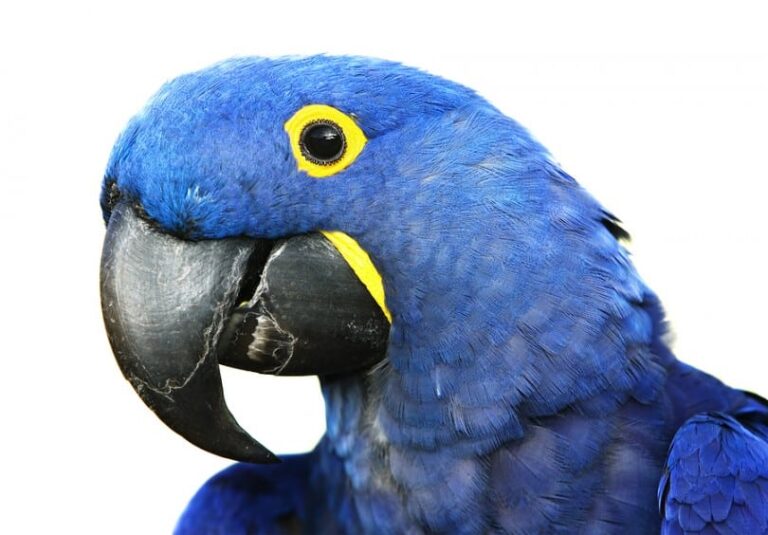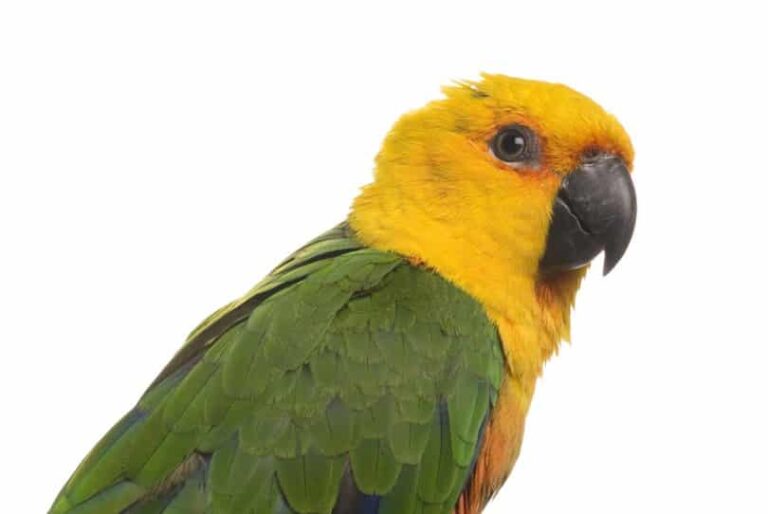Parakeets
Parrot species come in diverse sizes and body configurations and range from diminutive to medium sizes. The parakeet belongs to this large group of parrots and belongs to multiple genera that are characterized by long and beautiful tail feathers. Parakeets were also called paraquet or paroquet during the older times.
History
You can find Parakeets referred to in ancient history when they served two purposes, of food as well as exotic birds.
One account of their history related to Alexander the Great who brought parrots to Macedonia from India after his conquests there. One such species was named the Alexandrine Parakeet after Alexander.
The Greek historian and physician Ctesias, in his literary masterpiece called “Indica”, in BC 367, made the first reference to parakeets, as part of his travails in India. He describes the parakeet as a beautiful bird akin to a sparrow-hawk, with vermillion and blue-green color, black beard and purple face, and especially its ability to talk the Indian language. Over the years, this lovely bird has been bionomically named “Psittacidae Cynocephala” or more commonly, the Plum-headed Parakeet.
You can find further reference to the parakeet in the writings of Pliny the Elder, a Roman scholar who, in his rare first book on “Bird Care,” mentions training parakeets and even teaching them to talk.
Description
Most small/medium sized parrots are referred to as parakeets. Their sizes range from 18 cm (7 inches) to 45 cm (18 inches), when measured from head to tail. In these birds the tail is a distinct feature, because the tail feathers are long and tapered and contribute to 50% of their whole body length.
Reproduction
Parakeets like to breed in groups. This encourages pairs to breed. However, most breeders prefer to avoid large groups and breed them as single pairs to be sure of the hierarchy of the children as well as to avoid conflicts that are imminent in any group setting. A successful breeding under the right conditions, can encourage the parakeets to lie as much as about 7 eggs at a time.
Habitat
The Southern Hemisphere is an ideal habitat for most wild parrots, but you can find them in many other parts of the world as well. The greatest species of parrot diversity may be found in Australia, Northern Mexico, South and Central Americas.
How to Grow At Home
Food
Parakeets, like any other parrot eat vegetarian as well as non-vegetarian food, which makes them omnivores. An ideal parrot diet would include flowers, fruits, nuts, seeds, buds, and insects, though they have a special preference for seeds. They use their strong jaws to cut open the nutshells to access the seeds inside,
Cage
These birds have a habit of flying horizontally instead of up and down, and hence, you would do well to provide a longer cage to assist them to fly well within it. You should give one parakeet a spacious cage with at least a size of 20 inches length x 18 inches depth x 18 inched wide, while a pair would need a cage length of 30 inches (depth and height being the same as for one parakeet), and 6 parakeets would require a cage length of 40 inches and a depth of 18 inches plus a height of 32 inches.
Care
Treat your newly arrived parakeets as members of your family and care for them well, because they are going to be with you for years to come. The responsibility for their health and well-being, both mentally and physically, rests entirely on your shoulders. Make sure to take them to see a vet every year and ensure he does a “well-Bird” examination. You must make it a point to keep the cage clean and hygienic by regularly replacing the cage bottom papers as well as cleaning the perches, and removing the old food, to avoid bacteria from collecting.

Having discovered a fondness for insects while pursuing her degree in Biology, Randi Jones was quite bugged to know that people usually dismissed these little creatures as “creepy-crawlies”.







